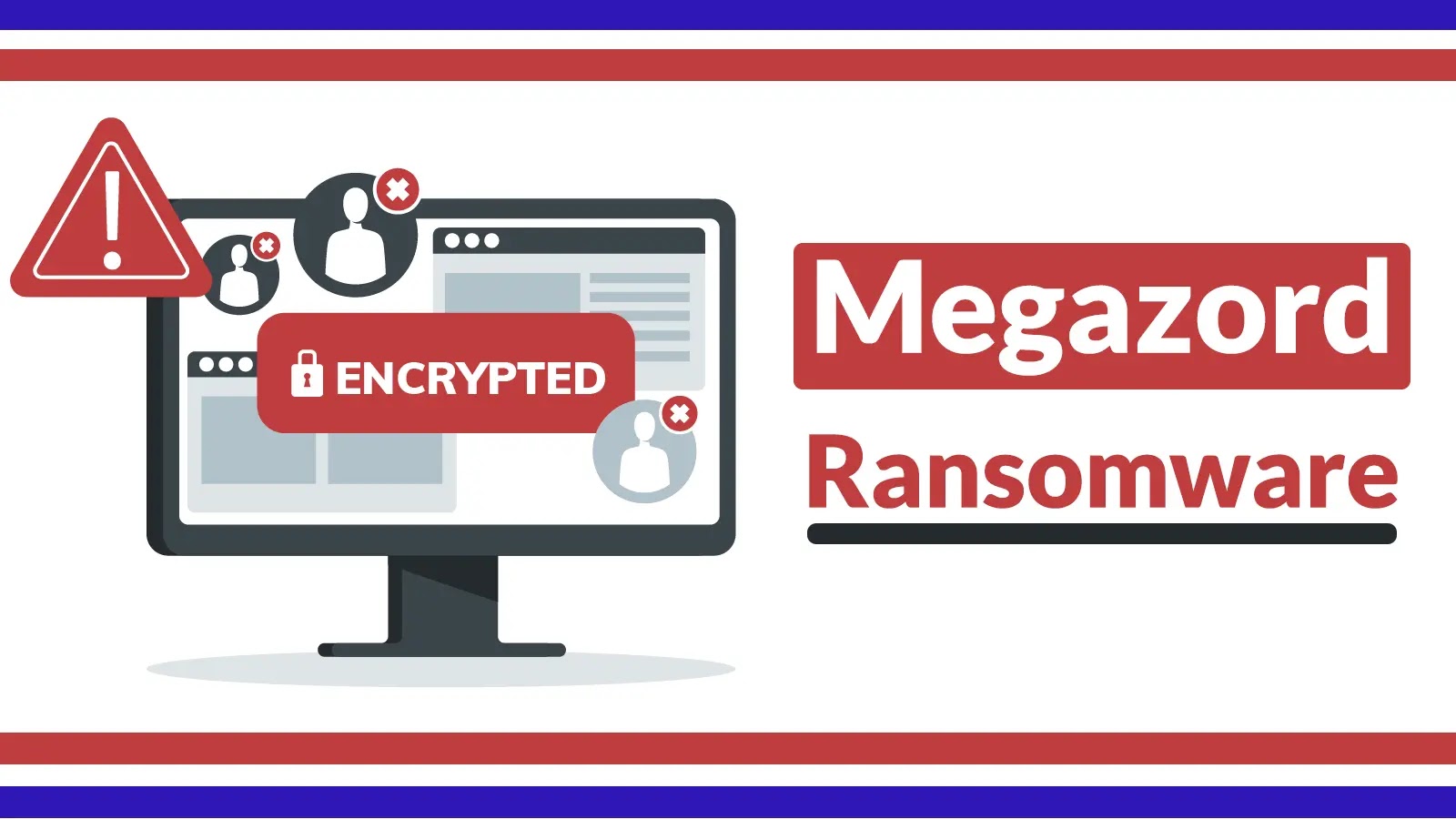Hey there, fellow techies hailing from our beloved San Francisco Bay Area! Let’s talk about current day Frankenstein’s monsters in the digital sphere – ransomware, particularly the one causing a lot of damage recently – the Megazord ransomware.
Right off the bat, let’s disentangle what ransomware is. In essence, it is a malignant cyber tool hackers deploy. They either intend it as a money pocketing strategy, scrambling up your files and systems and then demanding a ransom for their recovery, or as a cyber weapon to fuel upheaval in critical infrastructures.
One such ransomware, ominously called “Megazord,” has been taking the healthcare and government sectors by storm. Not exactly the Megazord superhero we know from our childhood, eh?
Some of the ne’er-do-well hacker groups out there are even finding innovative ways to exploit ransomware. They will sneak into your system, abscond with valuable data, and trade it on the deep web or use it to extort even further. Political stakes can motivate some of these operations – a dystopian version of cyber warfare against rival countries or those opposing their ideologies.
Hmm, it all sounds as intimidating as it is. But, hey, knowledge is power. Let’s delve into how Megazord works. Its code, written in Rust, primarily targets the healthcare, education, and government sectors. Its modus operandi begins with good old spear-phishing or exploiting system vulnerabilities.
The hacker will penetrate the system and then use Remote Desktop Protocol (RDP) and IP scanners to move within network laterally. They essentially ghost through your system, pulling the plug on processes and services, encrypting local data, and causing a digital meltdown in your system. All files encrypted by Megazord bear its signature POWERRANGES. It even leaves a ransom note with each apocalypse, pointing victims towards their unique Telegram channel link. Sigh, the audacity!
Megazord, aside from its peculiar choice of a ransom note, shares significant code similarities with another ransomware, known as Akira. Owing to these similarities, experts postulate that there may be a tangible connection between these two. Adding a silver lining to this concerning situation, cybersecurity giant Symantec has identified several signature detections that could be indicative of Megazord or Akira’s potential infection.
Understanding the threat out there can go a long way in protecting our information online. Now that we know what we are up against, we can begin to take proactive measures to protect our vital sectors like healthcare from these cyber threats. Stay safe, Bay Area!
by Morgan Phisher | HEAL Security




